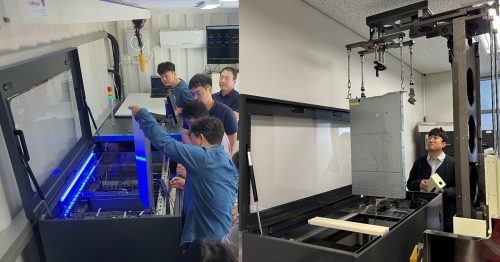- At Samsung C&T’s Engineering & Construction (E&C) Group, on-site experience plays a key role in shaping large-scale projects.
- Five early-career employees across different engineering fields, offering a glimpse into the challenges, collaboration, and pride that come with building spaces from the ground up.

At Samsung C&T E&C Group, construction sites are more than just workplaces. They are where ideas, blueprints, and teamwork come together to shape the environments we live and work in. For early-career employees, on-site roles offer the opportunity to gain hands-on experience and contribute directly to project delivery.
From civil works and architectural coordination to complex mechanical and electrical systems, their work is fundamental to bringing projects to life. This article introduces five employees across different engineering disciplines including civil, electrical, mechanical, landscaping, and architectural who share how they are building their careers by building the world around us.
Where Projects Take Shape: From Site Layout to Civil Works
At the heart of every project is the seamless coordination between different engineering disciplines. Whether it’s a large-scale infrastructure site or a residential development, successful execution depends on collaboration, adaptability, and precision.
For Yeonwook Jeong, a landscape architecture engineer, designing the exterior spaces of the Group’s projects means creating environments that feel inviting, functional, and visually distinctive. From playgrounds to open plazas and lighting-based media art installations, his work reflects how thoughtful design enhances both the appearance and livability of residential and commercial spaces. “There’s a real sense of reward in landscaping,” he explains, “as the spaces I help design and build become places people can experience and enjoy.”
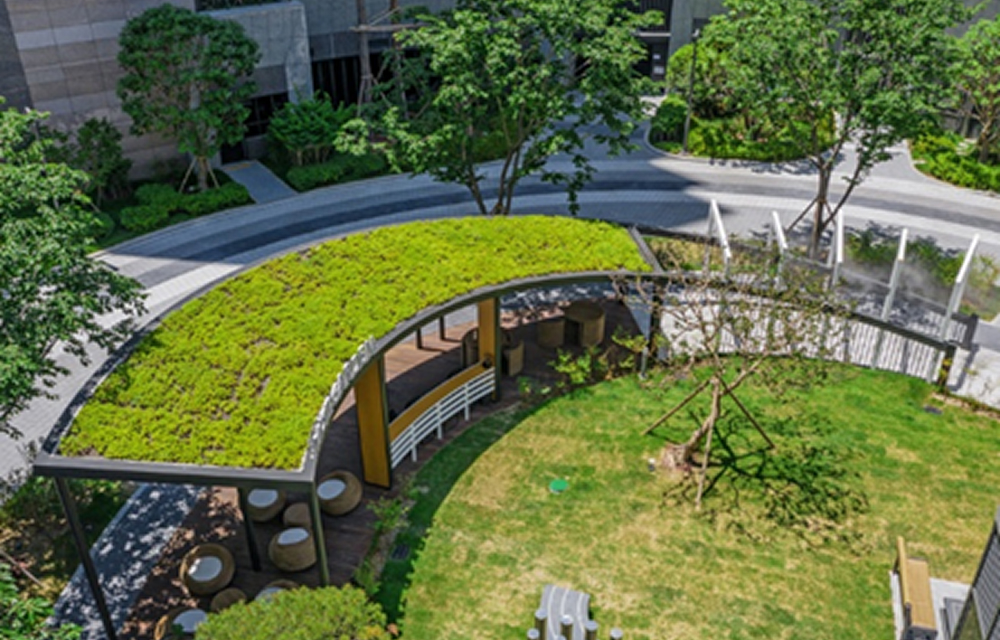
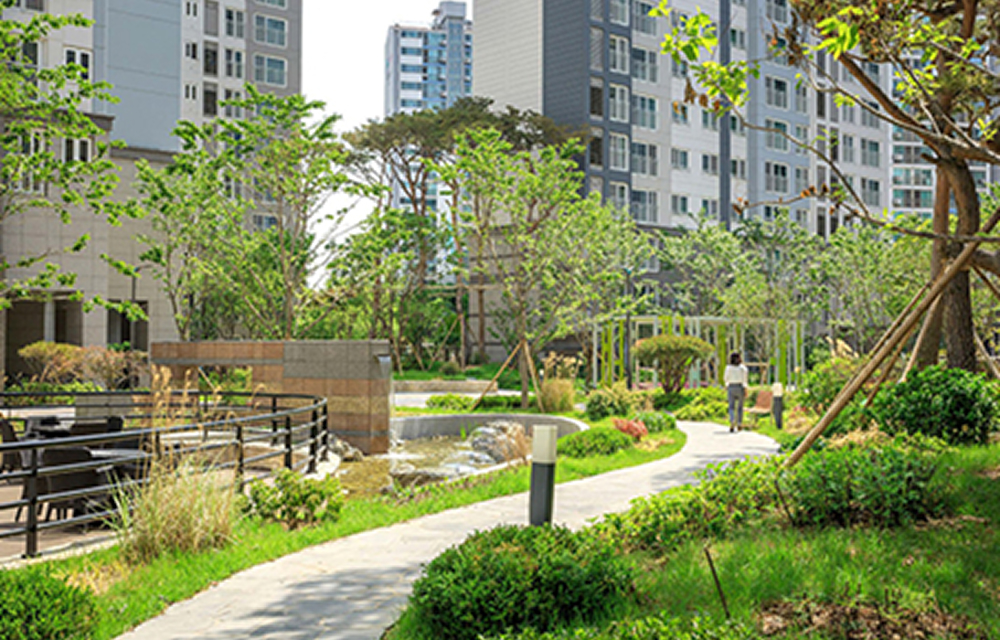
Beneath those welcoming spaces lies another layer of work, one that’s largely hidden but critical. Civil engineer Yeongchan Kim remembers the Gangneung project, where installing massive precast box structures formed the foundation of the site. “It’s rewarding to see the construction work I had worked on for two years now reflected on the map,” he says.
Architectural engineers Kyungseo Kim and Hyunjin Ryu work at the crucial intersection of site progress, quality control, and safety. At projects like Raemian residential complexes, their daily responsibilities include coordinating between teams, managing schedules, ensuring site safety to prevent accidents, and making sure the construction process meets the high standards expected by future residents. “What happens on-site is all about coordination,” says Kyungseo. “Not only between our teams but also with subcontractors, vendors, and even residents.”
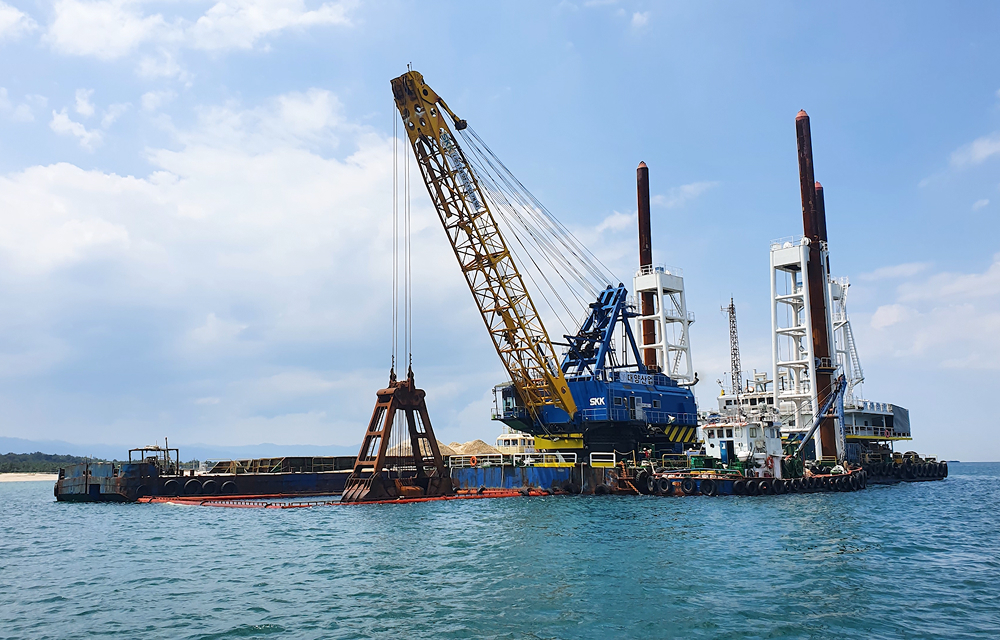
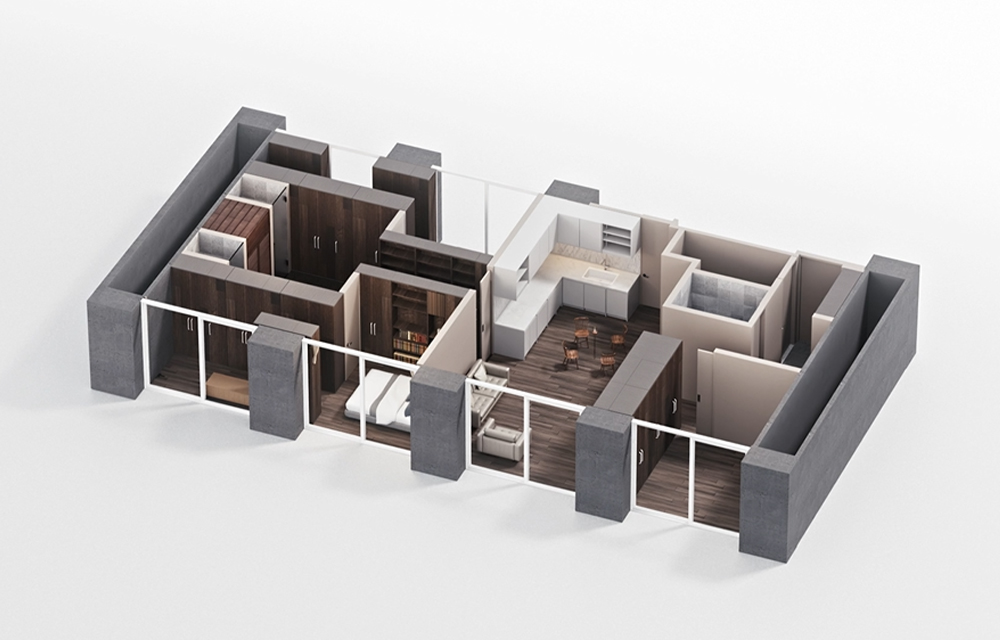
Whether it’s infrastructure or residential, these employees highlight how constant communication and integrated teamwork are essential to turning plans into reality.
Behind the Walls: The Systems That Make Buildings Work
While civil and architectural teams shape what we see, systems engineers make buildings functional and safe, powering lights, running water, and circulating air.
Electrical engineer Jinhyun Bae manages critical systems that range from lighting and fire alarms to elevators and external utility connections. One of his most memorable challenges was coordinating a 16,000kW power handover with Korea Electric Power Corporation (KEPCO). “It required not just technical knowledge but careful planning and the ability to stay calm under pressure,” he reflects.
Mechanical engineer Hyungjun Na understands that pressure well. At the Pyeongtaek Phase 3 (P3) semiconductor facility, one of the largest of its kind, he was responsible for HVAC (heating, ventilation, and air conditioning) and mechanical system installation. He recalls the first system activation, performed in front of executives and key personnel. “Seeing everything operate perfectly was a proud moment,” he shares.
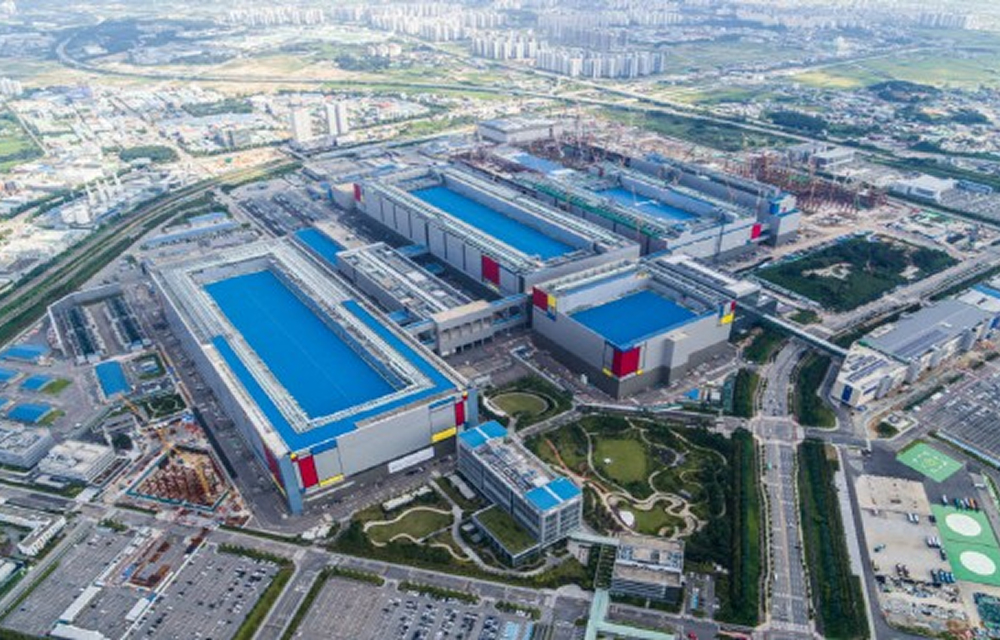
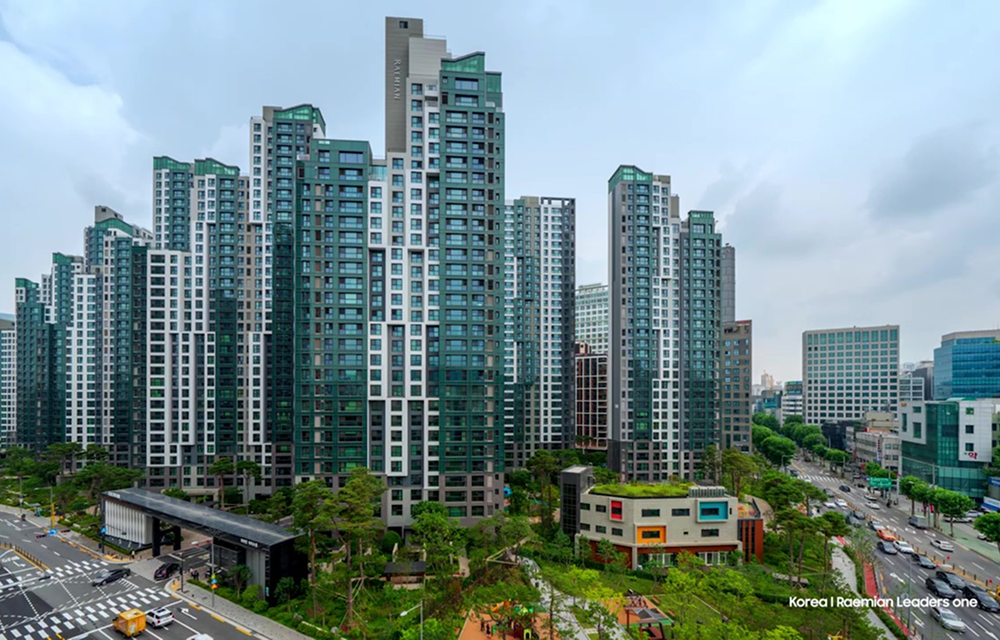
Reflections and Practical Advice from the Field
If there’s one thing these employees agree on, it’s that life on-site teaches you fast. Their advice? Get involved from day one:
- Take initiative: Proactively engage with teams, ask questions, and volunteer for tasks. Integration starts with action.
- Be decisive under pressure: Field work often involves real-time problem-solving. Delaying decisions can directly affect timelines and costs.
- Learn through exposure: Even observing experienced colleagues and providing support on-site accelerates learning.
- Build technical fluency: Mastering tools like CAD, Excel, and project documentation is essential from the start.
- Find meaning in the outcome: Whether it’s resident feedback or system performance, the tangible results make the effort worthwhile.
Through their stories, these employees reflect the complexity, collaboration, and pride that define the Group’s project sites. Their contributions, from foundations to finishing touches, help deliver the spaces that shape how people live, work, and connect.



